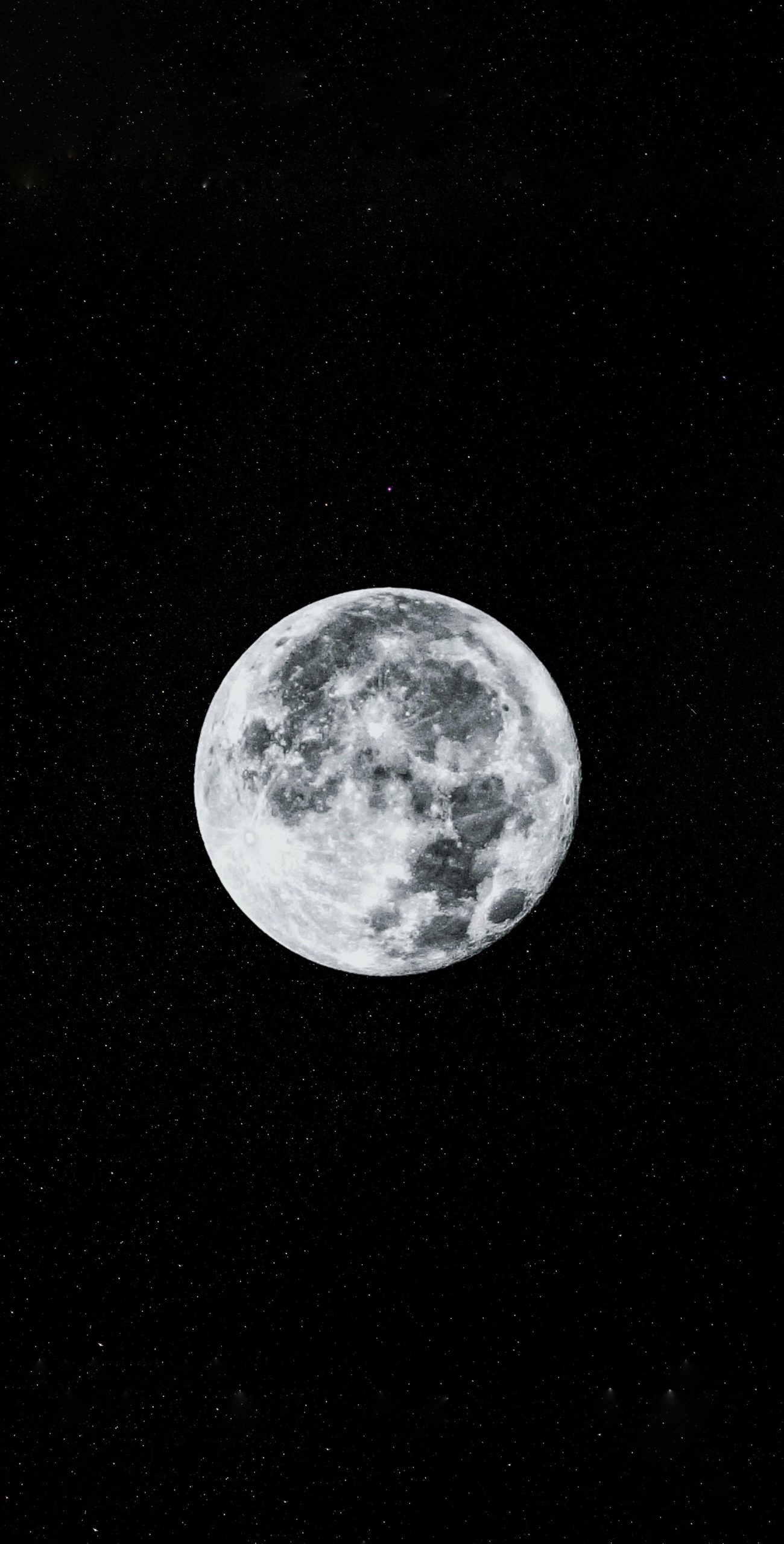The Symbolism of the Full Moon in Literature
The full moon has always held a special place in human culture, inspiring awe, wonder, and mystery. Its luminous presence in the night sky has often been associated with supernatural phenomena, mystical experiences, and symbolic meanings. In literature, the full moon has been a powerful symbol used to convey a range of themes and emotions. From ancient myths to contemporary novels, the full moon has been a source of inspiration for writers across time and genres.
The Full Moon in Myths and Legends
Ancient civilizations around the world have woven captivating tales around the full moon, attributing it with various symbolic meanings. For instance, in Greek mythology, the moon goddess Artemis was associated with the full moon and represented femininity, wilderness, and the cycles of life. Similarly, in Norse mythology, the moon was personified as Mani, who rode across the night sky on a chariot.
These mythological origins have influenced literary works throughout history, with writers often drawing from ancient symbolism to enhance their storytelling. The full moon has become a motif that writers use to evoke specific moods and themes within their narratives.
Symbolism of the Full Moon in Literature
1. Illumination and Revelation:
The full moon’s brightness represents illumination and the revelation of hidden truths. Just as the moonlight illuminates the dark corners of the night, it symbolizes the uncovering of secrets and the exposure of hidden realities in literature. Authors often employ the full moon as a catalyst for characters to uncover their true identities and confront their fears and desires.
2. Transformation and Change:
As the moon transitions from new to full and back, it is often used as a metaphor for personal transformation and the cycles of life. In many stories, the full moon acts as a trigger for a character’s metamorphosis, whether it be physical, emotional, or spiritual. This symbol emphasizes the ever-changing nature of human existence and the constant potential for growth and evolution.
3. Romance and Mystery:
The full moon’s ethereal glow has long been associated with romance and mystery. In literature, it is often used as a backdrop for passionate encounters, forbidden love affairs, or supernatural occurrences. The moonlit night can create an atmosphere of enchantment and intrigue, heightening the emotions and desires of the characters involved.
4. Symbol of Madness:
The full moon has also been linked to madness and instability throughout literary history. The word “lunatic” derives from the Latin word “luna,” meaning moon, highlighting the historical association with mental disorders. Writers frequently use the full moon as a symbol for the unleashing of repressed emotions, the breaking of societal norms, or the descent into madness.
Examples of the Full Moon in Literature
1. William Shakespeare’s “A Midsummer Night’s Dream”
In this comedic play, the full moon plays a crucial role in the magical events that unfold. The moonlit night acts as a catalyst for lovers’ confusion and mischief, blurring the lines between reality and fantasy. Shakespeare imbues the moon with a sense of transformation, emphasizing the unpredictable nature of love and the transformative power of the night.
2. Bram Stoker’s “Dracula”
The full moon serves as a powerful symbolic element in Stoker’s iconic vampire novel. Count Dracula gains his strength and transforms into a fearsome creature under the light of the full moon. The moon functions as a representation of the supernatural and primal forces at play, intensifying the horror and suspense within the story.
3. Antoine de Saint-Exupéry’s “The Little Prince”
In this beloved novella, the full moon provides a symbol of longing and connection. The Little Prince, while stranded on Earth, gazes at the moon and feels a sense of connection with his distant home planet. The moon acts as a symbol of hope, reminding the protagonist of his true identity and the longing for something beyond the material world.
Conclusion
The full moon holds a significant place in literature due to its rich symbolism and emotional resonance. It serves as a powerful tool for writers to convey themes of transformation, illumination, romance, and madness. Whether used to create an atmosphere of mystery or to explore the mysteries of the human psyche, the full moon continues to captivate readers and writers alike, maintaining its timeless allure in the realm of literature.
Table of Contents
